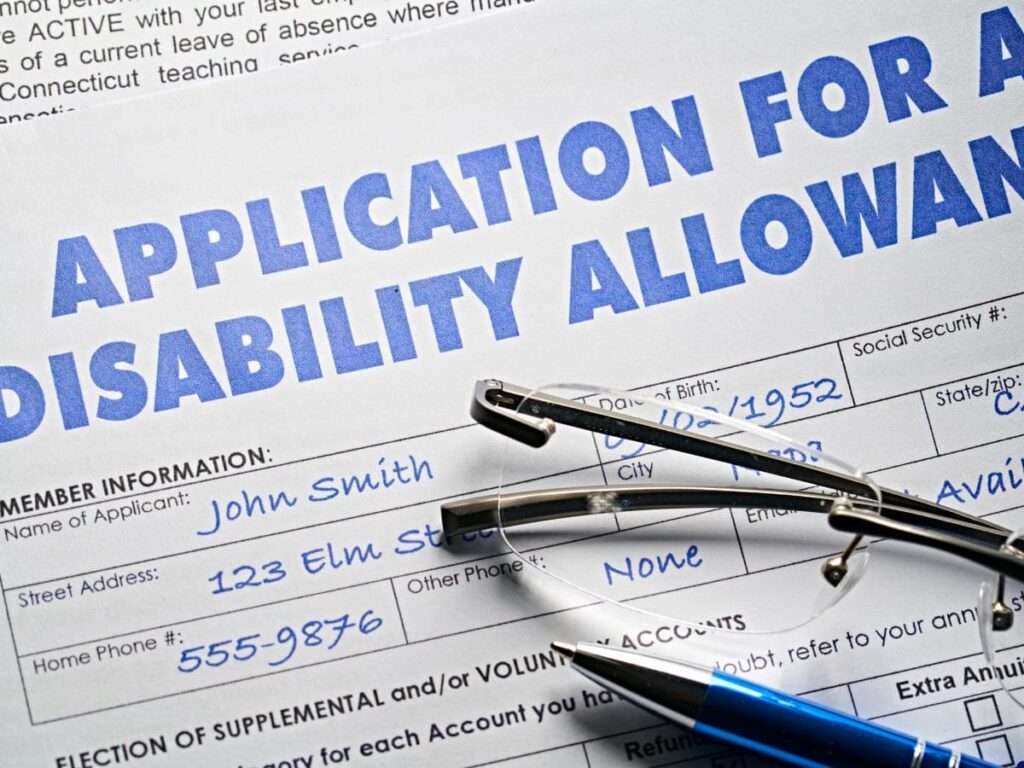Getting Social Security Disability Insurance (SSDI) payments for the first time in the United States can raise many questions, especially regarding rights, obligations, and changes that must be reported. Understanding these issues thoroughly not only helps you keep your benefits without interruption, but also allows you to make informed decisions about the future.
Those who have been approved for SSDI should know that the system has its own monitoring and verification mechanisms, as it is not an automatic and indefinite payment. The Social Security Administration (SSA) establishes a series of requirements that are important to meet from the first day you start receiving benefits.
In addition, this federal program covers certain special cases and offers options for those who wish to return to work without losing their entitlement to benefits. Knowing all these details is key to getting the most out of SSDI, avoiding penalties, and understanding how monthly payments are calculated and distributed.
What you should know when you start receiving SSDI
SSDI payments are not received immediately after a person is approved as a beneficiary. As a general rule, there is a five-month waiting period from the date the disability is deemed to have begun. This means that even if the application has been approved, payments do not begin immediately.
Only in certain exceptional cases, such as those diagnosed with amyotrophic lateral sclerosis (ALS), may this waiting period not apply. In addition, the SSA requires that any medical improvement that may affect eligibility for payments be reported immediately. This includes everything from advances in treatment to partial return to work.
It is also important to note that the SSA conducts periodic medical reviews to verify that the individual continues to meet the criteria to continue receiving SSDI. These reviews may be conducted every 6, 3, or 1 year, depending on the nature of the disability.
Other key points to keep in mind when starting to receive SSDI include:
- Payments are made monthly, usually by direct deposit, Direct Express card, or bank transfer.
- Recipients should not ignore any notifications from the SSA, especially regarding reviews or updates.
- You may be entitled to retroactive payments, but this will depend on the date your disability was determined to have begun.
Starting to receive SSDI involves a number of responsibilities that should not be taken lightly. Failure to communicate with the SSA can lead to suspension of payments or demands for repayment of amounts that were received improperly.
Changes you must report to avoid losing SSDI benefits
From the first month you begin receiving SSDI, it is essential that the SSA be aware of certain changes in the beneficiary’s life. This obligation to notify is not only part of the agreement to maintain the benefit, but also allows the institution to adjust payments correctly and evaluate eligibility fairly.
Among the main changes that must be reported to Social Security are:
- Improvements in health that may allow you to return to work.
- Starting a job or increasing the number of hours worked, even if the job is part-time.
- Changes of address or residence, especially if you move out of the country.
- Changes in family status, such as marriage, divorce, birth of a child, or death of a dependent.
In addition, if the beneficiary receives other payments, such as government pensions, compensation, or other state assistance, they must also report them. This income may affect the final SSDI calculation or, in some cases, limit the right to continue receiving it.
Transparency with the SSA is key to avoiding problems in the future. In many cases, errors or delays in notification are not due to bad faith, but rather to ignorance. Therefore, familiarizing yourself with these rules from the outset can make the difference between keeping your benefits without any problems or having to face unwanted reviews.
